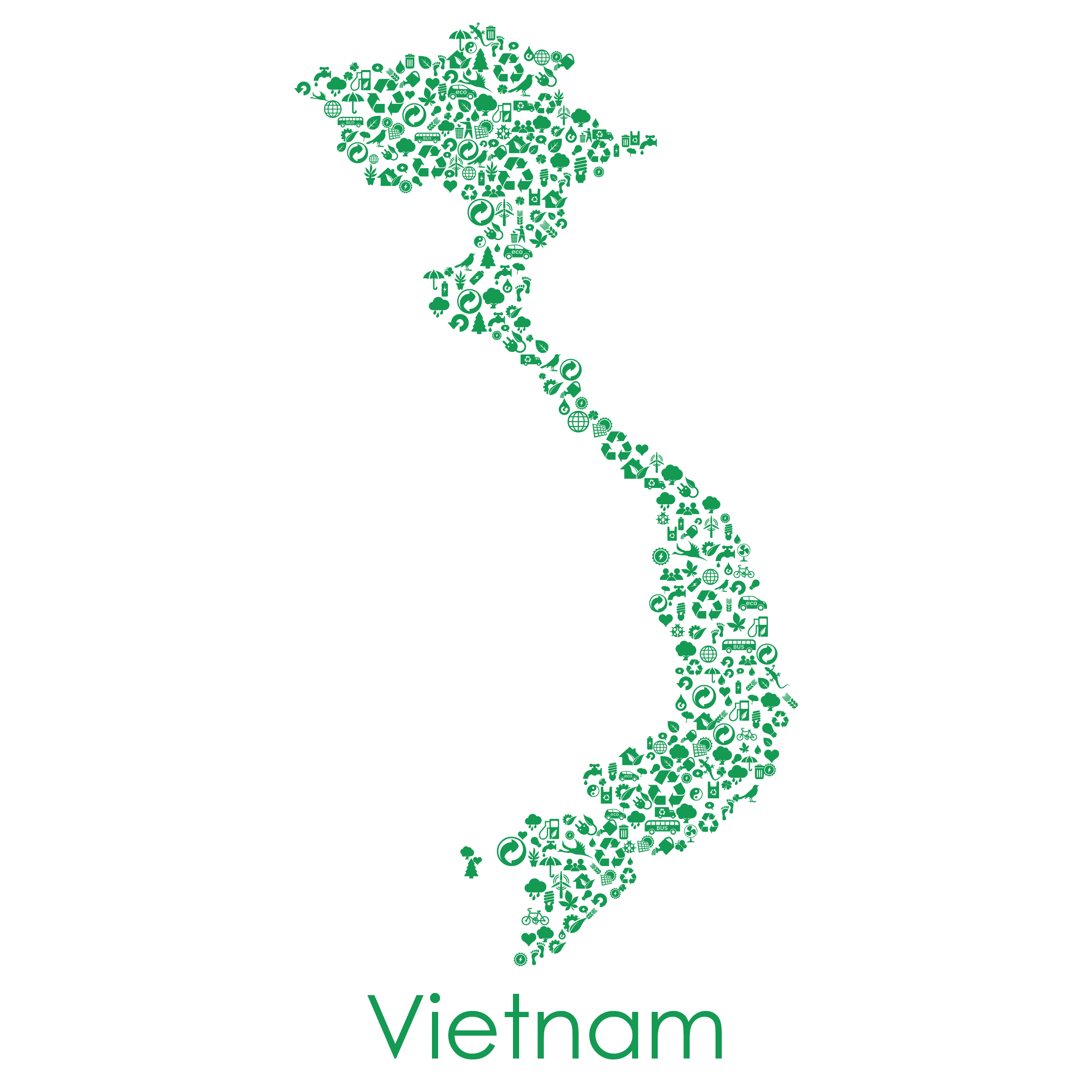
Green Business in South East Asia
Green Business in Vietnam
- 1. Development
- 2. Strategy for green development
- 3. Logistics and Industrial Infrastructure
- 4. Energy and Environment
- 5. Public Private Partnership
- by: Simone Padoan (2023)
1. Development
Economic reforms since the launch of the Renewal ( Đổi Mới ) in 1986, along with favorable global trends, helped propel Vietnam from one of the world's poorest nations to a middle-income economy in a single generation. Between 2002 and 2021, GDP per capita increased 3.6-fold, reaching nearly US$3,700. Poverty rates (US$3.65 per day, 2017 PPP) decreased from 14% in 2010 to 3.8% in 2020.
2. Strategy for green development
In terms of environmental protection, green growth, energy strategy and the achievement of sustainability goals, the period between 2020 and 2022 has been particularly significant for the introduction of a significant number of reforms, among which the following stand out:
3. Logistics and industrial infrastructure
This section covers the following topics: ports and waterways, railways, roads, airports, telecommunications and connectivity, industrial and logistics parks.
4. Energy and Environment
This section covers the following topics: energy infrastructure, air quality, water, waste and soil
5. Public Private Partnership
The government is the largest buyer of goods and services in Vietnam. If we include provincial and municipal governments and state-owned enterprises, the potential for sales to this sector is very large: government spending, in fact, stands at around 9.5% of GDP 1.